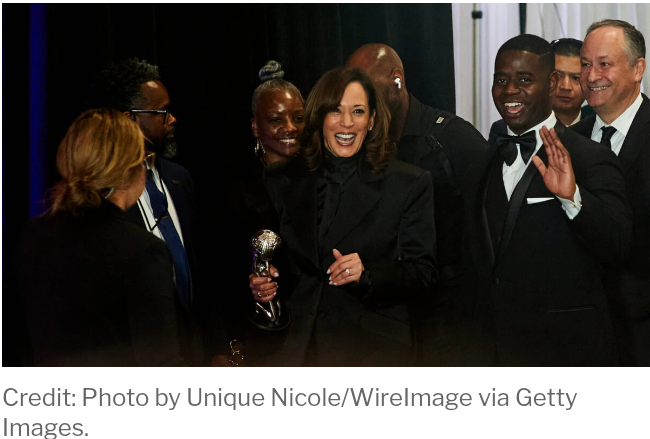Trump’s Aggressive Stance Toward Canada Shifts Election Dynamics in Favor of Liberals
The once-unthinkable idea of the United States attempting to annex Canada has moved from the realm of political satire to a startling reality in 2025. What was once dismissed as an absurd notion is now a central issue shaping Canada’s political landscape. The aggressive rhetoric and actions of former U.S. President Donald Trump, including threats of imposing heavy tariffs on Canadian goods, have not only strained the historically strong U.S.-Canada relationship but have also inadvertently boosted the electoral prospects of Canada’s Liberal Party. As Canadians grapple with the implications of Trump’s threats, the Liberal Party, led by Prime Minister Justin Trudeau, is increasingly seen as the best defense against this unprecedented pressure from the south.
Trump’s justification for these tariffs—vague accusations about Canada’s role in the flow of fentanyl and undocumented immigrants into the U.S.—has been widely debunked. Data shows that more undocumented individuals are crossing from the U.S. into Canada than vice versa, and Canada is not a significant source of fentanyl entering the U.S. Despite this, Trump, alongside figures like Elon Musk, has escalated calls for annexation, framing it as an economic necessity for Canada. This rhetoric has been met with alarm by Canadian leaders, including Newfoundland and Labrador Premier Andrew Furey, who described the annexation plans as “chilling” after a visit to Washington, D.C. The seriousness of the situation has even prompted major media outlets to analyze what such a forced union might entail.
The economic consequences of Trump’s tariff threats are already being felt. Inflation is rising as the costs of tariffs are passed on to consumers, disrupting the seamless flow of goods across the border and threatening the economies of regions that rely on cross-border trade. While both nations will suffer, Canada’s smaller economy and greater reliance on U.S. markets mean it will bear a disproportionate share of the pain. Estimates from the Bank of Canada suggest that 25 percent tariffs could slash the country’s GDP by 4 percent, while unemployment could surge beyond 7 percent. For Canadians, the prospect of annexation is not just an economic concern but a threat to their way of life, particularly their robust social safety net, which stands in stark contrast to the inequality and oligarchy that have come to define the U.S.
Canada’s universal healthcare system, generous parental leave policies, and stronger labor protections are just a few examples of what Canadians stand to lose under annexation. The healthcare system alone, which costs less per capita than the U.S. system while delivering better outcomes, is a point of pride and a lifeline for millions. Additionally, Canadian workers enjoy paid vacation time and stronger union representation, benefits that are virtually nonexistent for many in the U.S. These disparities highlight the stark contrast between the two nations and underscore why the idea of annexation is so deeply unpopular among Canadians, with polls showing between 70 and 90 percent opposition.
As Canada heads into a pivotal election, Trump’s aggressive tactics have reshaped the political landscape. Once trailing by a significant margin, the Liberal Party now has a real chance of victory, as more Canadians believe it is better equipped to resist Trump’s pressure than its conservative rivals. The issue has become a rallying cry, with even cultural expressions of resistance, such as booing the U.S. national anthem at sports events, signaling a broader rejection of Trump’s vision. For Canadians, the fight is not just about preserving their sovereignty but about protecting the values and institutions that define their nation. In this high-stakes moment, the Liberal Party’s promise to stand firm against U.S. aggression has resonated deeply, turning what was once a lopsided race into a competitive and consequential election.






